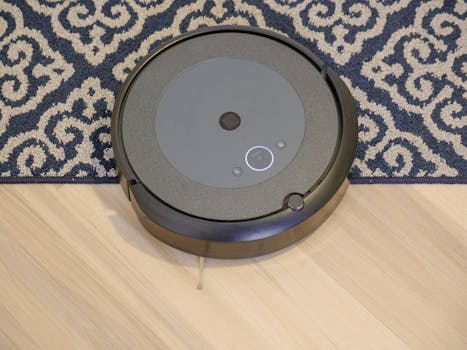
Smart Homes and Smart Living: The Technological Transformation of European Homes by 2025
Smart Homes and Smart Living are revolutionizing the way we live in our homes. With the rapid advancement of technology, European homes are undergoing a significant transformation, and by 2025, we can expect to see a plethora of innovative solutions that will make our lives easier, more convenient, and more enjoyable. In this article, we will explore the current state of smart homes and smart living in Europe and what the future holds for this exciting and rapidly evolving field.
Introduction to Smart Homes and Smart Living
Smart homes and smart living refer to the integration of technology and automation in our homes to create a more comfortable, convenient, and sustainable living environment. This can include a wide range of devices and systems, such as thermostats, lighting systems, security cameras, and home appliances, that can be controlled and monitored remotely using a smartphone or tablet.
The concept of smart homes and smart living has been around for several decades, but it is only in recent years that the technology has become more affordable, accessible, and user-friendly. Today, smart home devices and systems are no longer a luxury, but a necessity for many homeowners who want to stay connected, save energy, and enhance their overall living experience.
Current State of Smart Homes and Smart Living in Europe
Europe is at the forefront of the smart home and smart living revolution, with many countries investing heavily in the development and implementation of smart home technologies. According to a recent report, the European smart home market is expected to grow from $15.6 billion in 2020 to $35.6 billion by 2025, at a compound annual growth rate (CAGR) of 14.5%.
Some of the key drivers of this growth include the increasing demand for energy efficiency, the rising adoption of smart speakers and voice assistants, and the growing need for home security and surveillance. Additionally, the COVID-19 pandemic has accelerated the adoption of smart home technologies, as people spend more time at home and look for ways to make their living spaces more comfortable and convenient.
Future of Smart Homes and Smart Living in Europe by 2025
By 2025, we can expect to see significant advancements in smart home and smart living technologies, with a focus on artificial intelligence (AI), machine learning (ML), and the Internet of Things (IoT). Some of the key trends and innovations that will shape the future of smart homes and smart living in Europe include:
- Increased use of voice assistants and smart speakers: Voice assistants like Amazon Alexa, Google Assistant, and Apple Siri will become even more prevalent in European homes, making it easier for people to control their smart devices and access information.
- Greater emphasis on energy efficiency and sustainability: Smart home devices and systems will be designed to optimize energy consumption, reduce waste, and promote sustainable living practices.
- More advanced home security and surveillance systems: Smart home security systems will become more sophisticated, with features like facial recognition, motion detection, and alerts to emergency services.
- Integration with wearables and health devices: Smart homes will be connected to wearables and health devices, allowing people to monitor their health and wellness in real-time and receive personalized recommendations.
Conclusion
In conclusion, smart homes and smart living are transforming the way we live in our homes, and by 2025, we can expect to see significant advancements in this field. With the increasing adoption of smart home devices and systems, European homes will become more comfortable, convenient, and sustainable. As technology continues to evolve, it’s exciting to think about what the future holds for smart homes and smart living, and how it will shape the way we live, work, and interact with each other.






